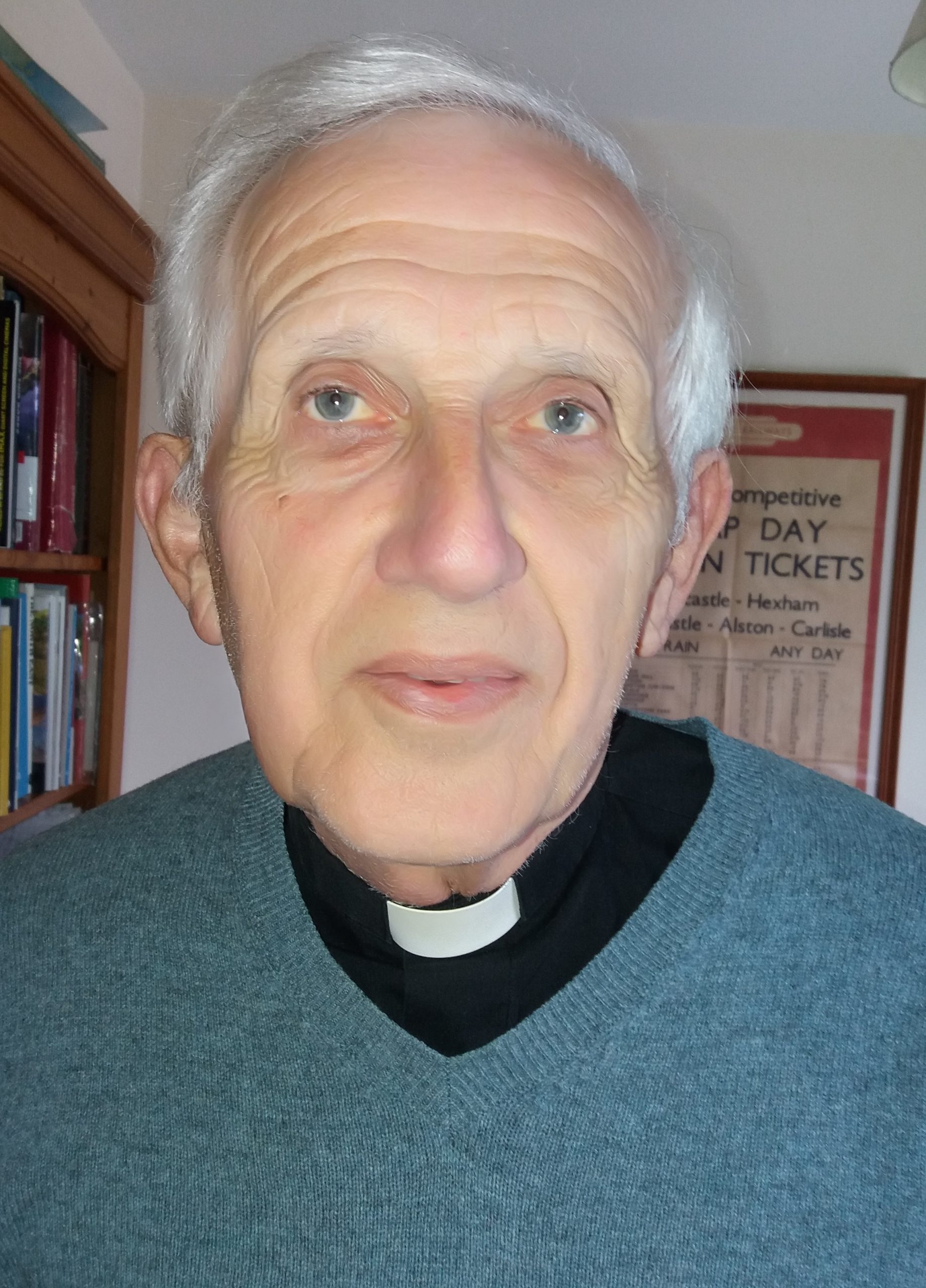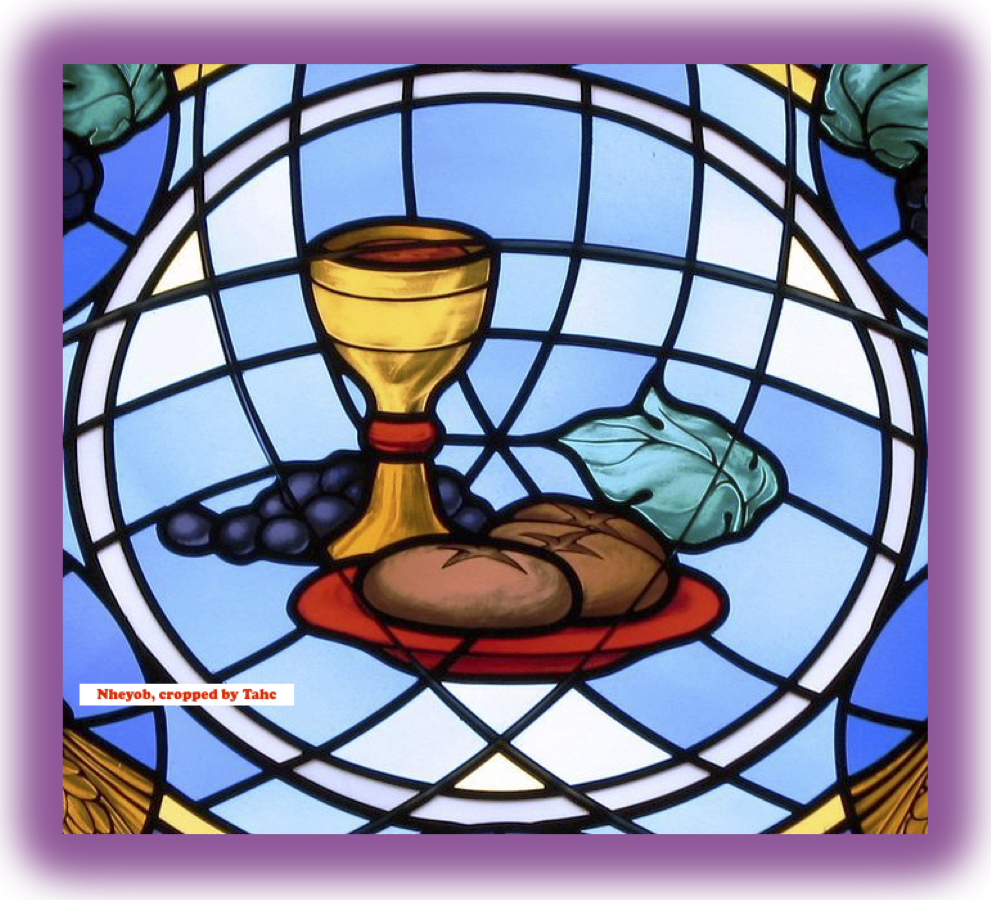Whither Worship? The Parish Communion
WHITHER WORSHIP? The Parish Communion

The Rev’d Chris Mitchell is a retired Anglican Priest.
After many years serving in Rural Parishes he now worships at York Minster where he is an Honorary Chaplain.
As I write we are coming out of Covid 19 lockdown, and although public worship has been permitted in England in recent months, most churches and cathedrals wisely decided to pause worship within their buildings. We continue to have a wide variety of Zoom or streamed services to choose from, and are immensely grateful for their existence, and for the work and creativity that go into their production. Most will be heartily thankful for the return of worship ‘in person’. No doubt digital services have been a means of outreach to many unchurched people and a source of comfort to regular worshippers and some of these services should continue. There is nevertheless an element of ‘viewing’ rather than ‘worshipping’ in these services, and a lack of the physicality that marks attendance together in a building.
The pause in physical worship, which the pandemic dictated, should make us ponder on the nature of worship when we return. In recent years there has been a tendency for parish churches to offer a wide choice of types of service, enabling us individually to attend the service of our choice. On the face of it this seems laudable, but this ‘supermarket’ style simply elevates individual choice over community. In the early stages of the Fresh Expressions Movement there was much talk of worshipping communities based on shared interests rather than geographical communities. In practice surveys have shown that fewer than 10% of Fresh Expressions congregations are based on this bond.1 Should the Church rather be catering for geographical congregations of varied ages, backgrounds and interests worshipping together, physically in a building? Few parish churches today really encompass all types of people, but that remains their role and the Church is still essentially a broad based association.
Perhaps we should return to the Parish Communion Movement, which took root in the 1920s and 30s, and flourished in the early post-war decades?
Click download to continue:

